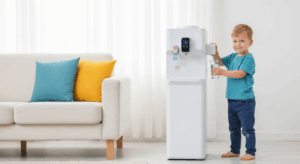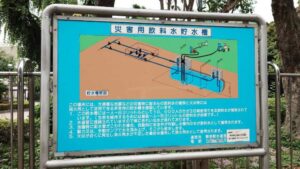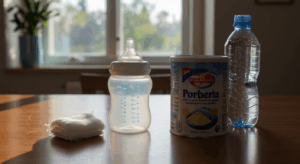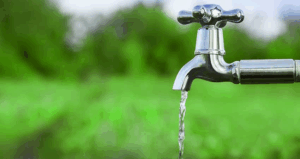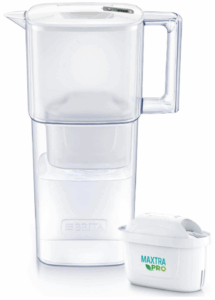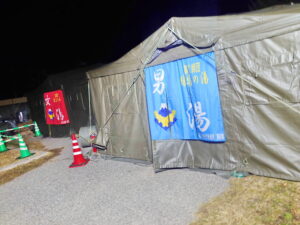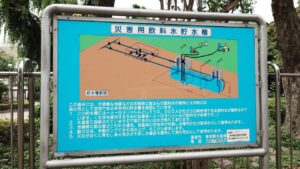In times of disaster, such as earthquakes or water outages, ensuring that available water is safe to drink requires proper chlorine disinfection. But how much of the household sodium hypochlorite solution should be added to make it safe?
This article clearly explains a simple yet accurate disinfection method that can be practiced at home during emergencies, with formulas and dosage guidelines.
Water Needs Disinfection Even During Emergencies
In situations where you are forced to use water from wells, storage tanks, rainwater, or ponds and reservoirs in parks, it is dangerous to drink it untreated. Drinking untreated water poses a risk of infection by pathogens and viruses that cause diarrhea and vomiting.
In such cases, a practical and effective method of treatment is chlorine disinfection (adding sodium hypochlorite).
Aim for the Same Safety Standards as Tap Water
According to Japan’s Ministry of Health, Labour and Welfare, tap water must contain at least 0.1 mg/L of residual chlorine. In practice, most municipalities adjust the chlorine concentration to around 0.1–0.4 mg/L.
Note, however, that this standard assumes some chlorine has already been consumed during the disinfection process.
Therefore, during emergencies, it’s considered safe to aim for 0.5 mg/L to 1.0 mg/L of added chlorine as a guideline.
What Is Sodium Hypochlorite?
Many household bleach products (such as laundry bleach or “Hai-ta”) contain sodium hypochlorite (NaClO). The commercial concentrated solution is typically around 6% in strength.
- 6% sodium hypochlorite solution contains approximately 60,000 mg/L of available chlorine.
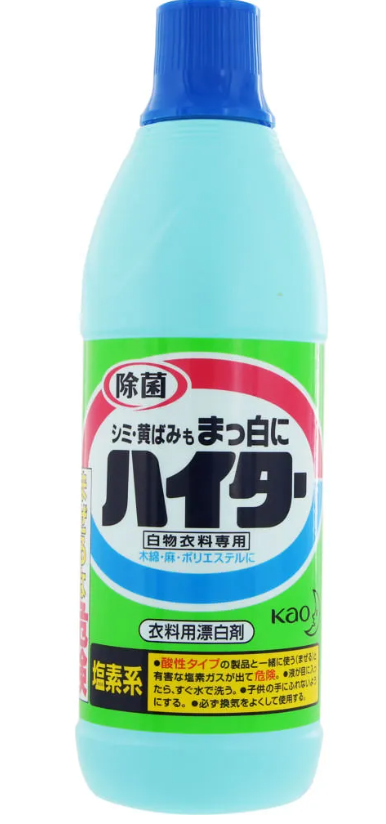
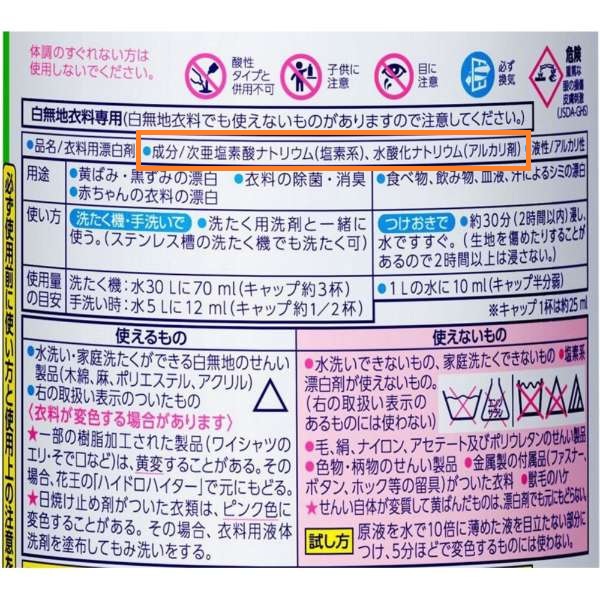
Calculation Example (Disinfecting 15 Liters of Water)
To disinfect 15 liters of water to achieve a chlorine concentration of 0.5 mg/L (assuming it will decrease to about 0.3 mg/L eventually), how much solution should be added?
For 20 Liters of Water
▶ Calculation Formula
- Required chlorine = 15 L × 0.5 mg/L = 7.5 mg
- Chlorine concentration of the solution = 60 mg/mL (6%)
- Required volume of solution = 7.5 mg ÷ 60 mg/mL = 0.125 mL
▶ How to Measure It Practically
- 0.125 mL is:
- 1/80 of a teaspoon (5 mL), which is very hard to measure accurately
- Approximately 2 to 3 drops using an eyedropper (1 drop ≈ 0.05 mL)
Therefore, for a bucket of water (about 15 liters), adding 2 to 3 drops of chlorine solution using an eyedropper is sufficient for disinfection.
Precautions and Additional Tips
- If the water is cloudy, make sure to filter or allow it to settle before disinfecting.
- Chlorine in excessive amounts can be harmful. Be careful not to exceed the recommended dosage.
- Sodium hypochlorite decomposes easily under sunlight or heat, and also degrades over time. Do not store it for extended periods. Keep it in a cool, dark place away from direct sunlight.
Summary: Key Dosage to Remember
*✔ *Guideline: For 15 liters of water, add 2–3 drops (approx. 0.125 mL) of 6% sodium hypochlorite solution
This is the only thing you need to remember.
In an emergency, having this knowledge at hand can make a life-saving difference. We recommend checking the concentration label on your household bleach now and writing down the appropriate dosage in advance.
Let’s ensure access to safe drinking water, even during disasters.
If possible, use “Laundry Hai-ta” (laundry bleach), as it contains fewer unnecessary additives.
If not available, “Kitchen Hai-ta” (kitchen bleach) is also acceptable.
